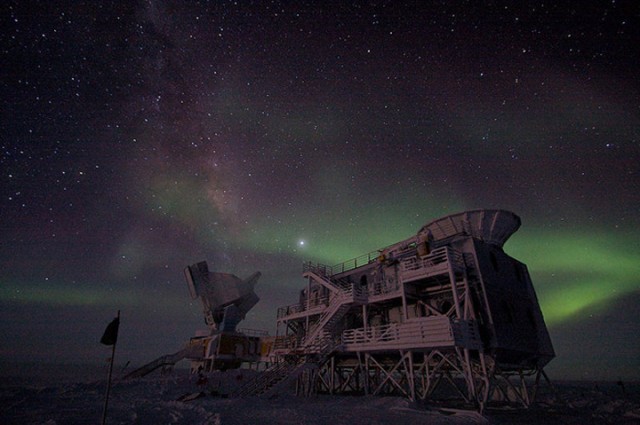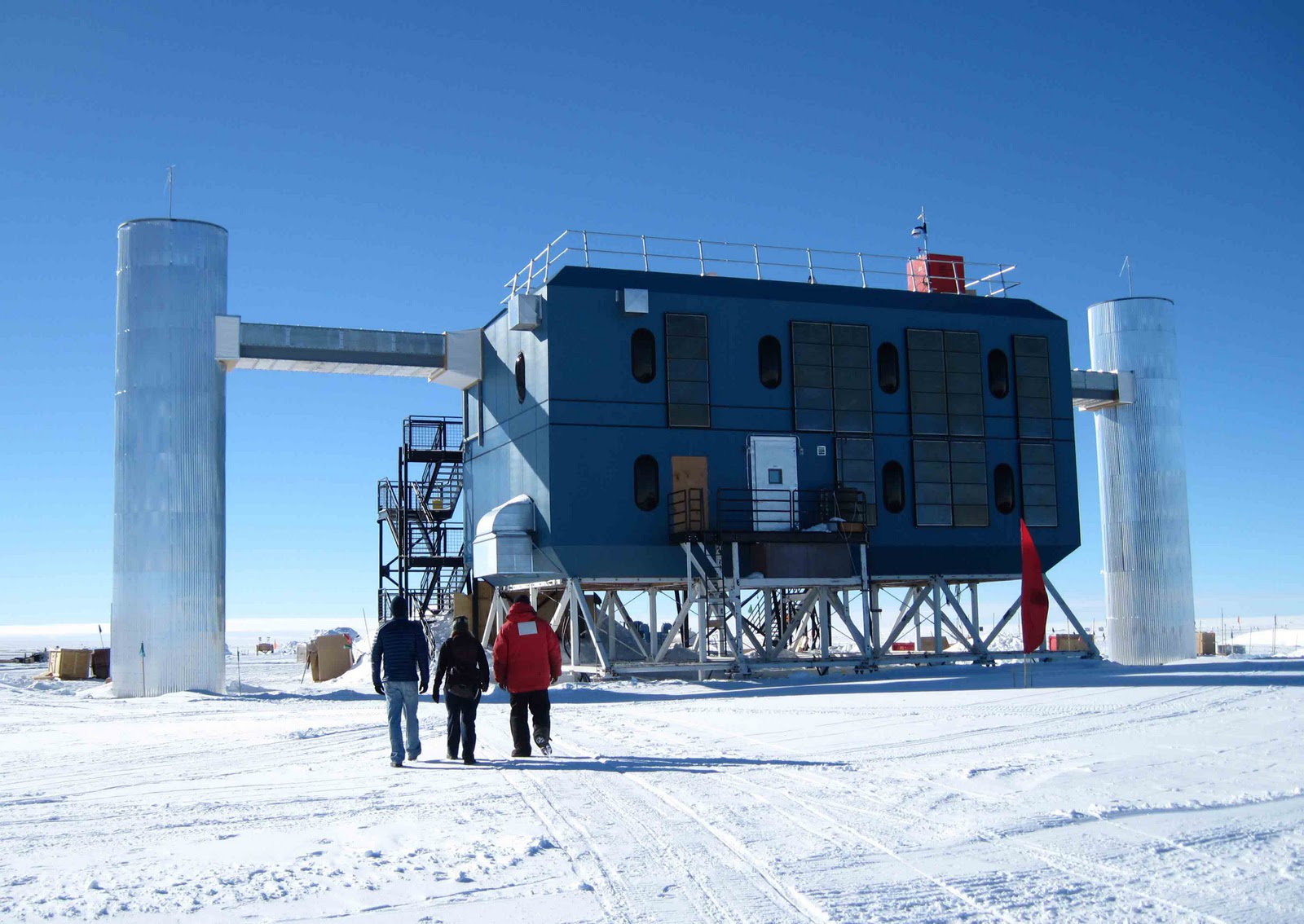
Technology at a South Pole research station
During summer months, at the Amundsen-Scott South Pole Station, there are around 150 scientists. After February 14, when the last big plane takes off, only 40 remain to spend the long winter at the South Pole.
The 33 men and 8 women present at the station from February to August face six months of darkness at minus 25 degrees Celsius with no Wi-Fi, no mobile service, no new supplies. The next sunrise they will see comes on September 21.
But these people, for whom iPhones are nothing more than expensive alarm clocks and music players, are in charge of one of the world's most expensive and advanced pieces of equipment: the BICEP2 telescope, short for Background Imaging of Cosmic Extragalactic Polarization.

This telescope is responsible for being the first to prove cosmic inflation, the idea that the cosmos experienced exponential growth in the first trillionth of a trillionth of a trillionth of a second following its birth.
Now, as it sits on the ice, but also buried 2.5 km beneath it, the telescope gathers data that might, one day, answer questions regarding climate change, black matter and the origins of the universe.
The IceCube Lab is the room which holds the next piece of important technology in the South Pole: 'It holds about 150 computers that collect data from the roughly 5,500 light detectors buried in the ice. About 100 of the computers are custom data-acquisition machines that include custom hardware to communicate with the light detectors. The rest are off-the-shelf Dell servers.'

The data collected in the IceCube Lab is stored on hard drives and transmitted to universities and scientific research insitutions worldwide.
A Diesel generator that works on airplane fuel is used to warm-up rooms and water. Because they are allowed only 2 two-minute showers per week, the researchers use less than 30 gallons of water per person every day, that being three times less than the average American uses.
Scientists also operate a hydroponic greenhouse from which they harvest tomatoes, lettuce, kale, zucchini, eggplant and bell peppers.
Finally, the last pieces technology to be found at the South Pole research station are Betamax players: 'I think we’ve probably got the highest density of working Betamax players and videos down here of anywhere in the world,' says one researcher. 'We also have a few movie traditions. We watch 'The Thing' after the last flight of the summer. In midwinter we watch 'The Shining'—and at the end, 'ConAir.'
















